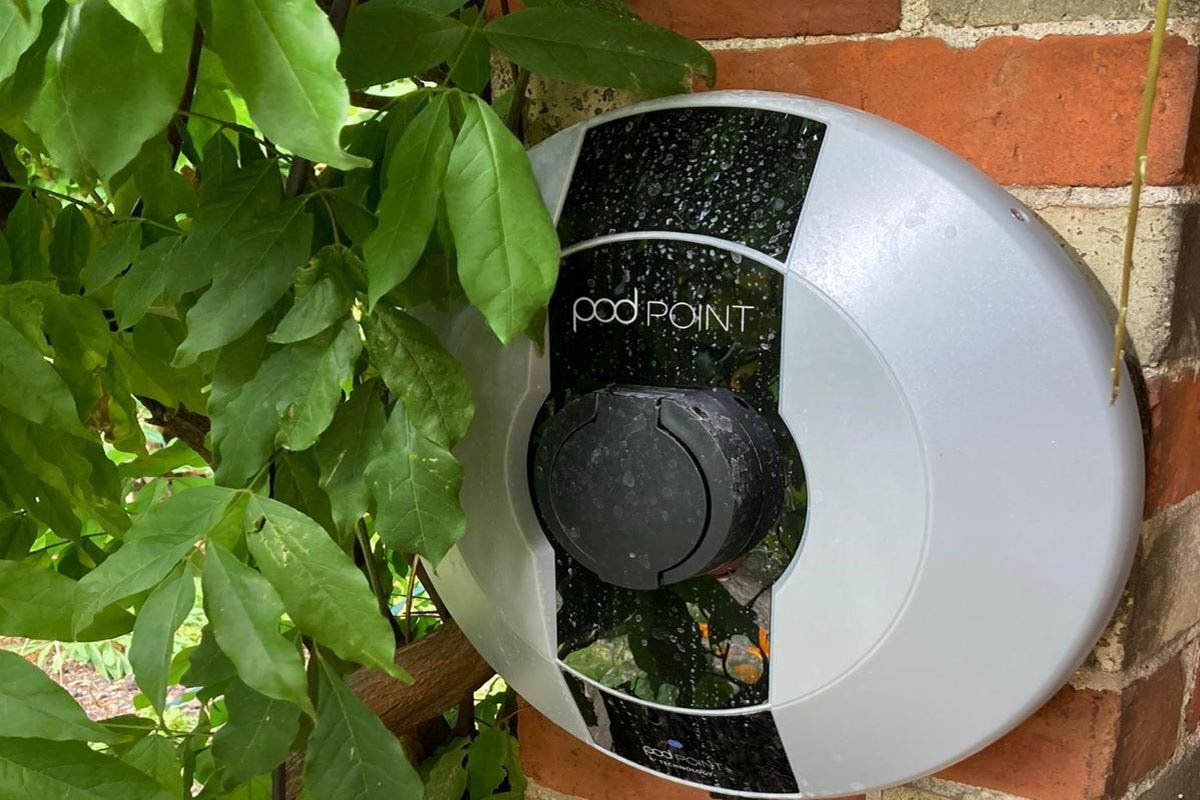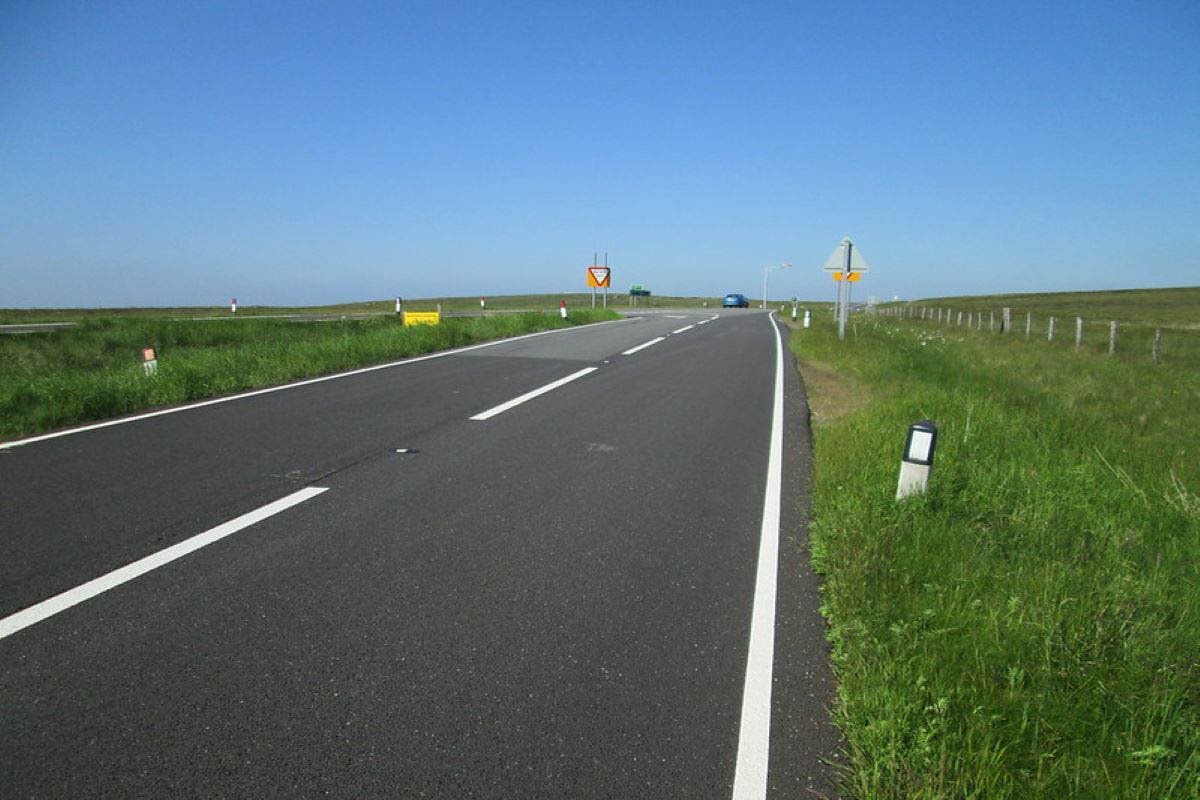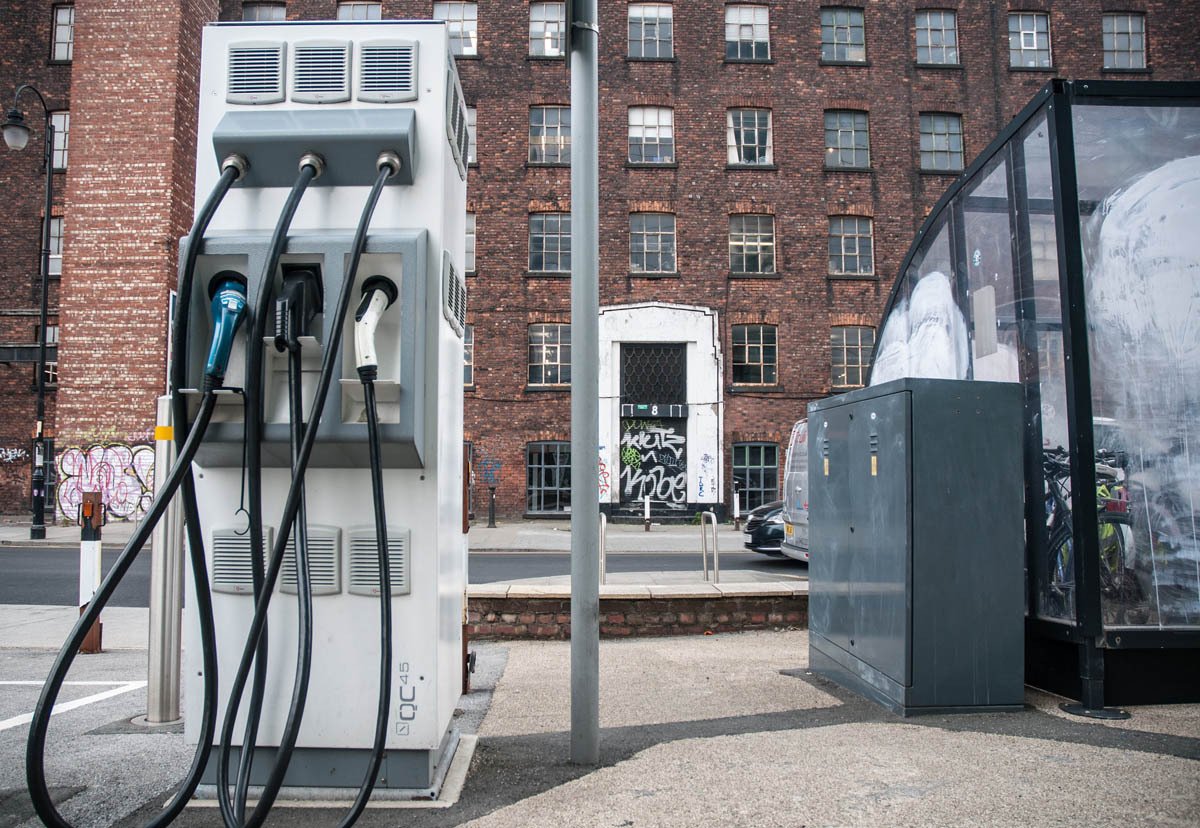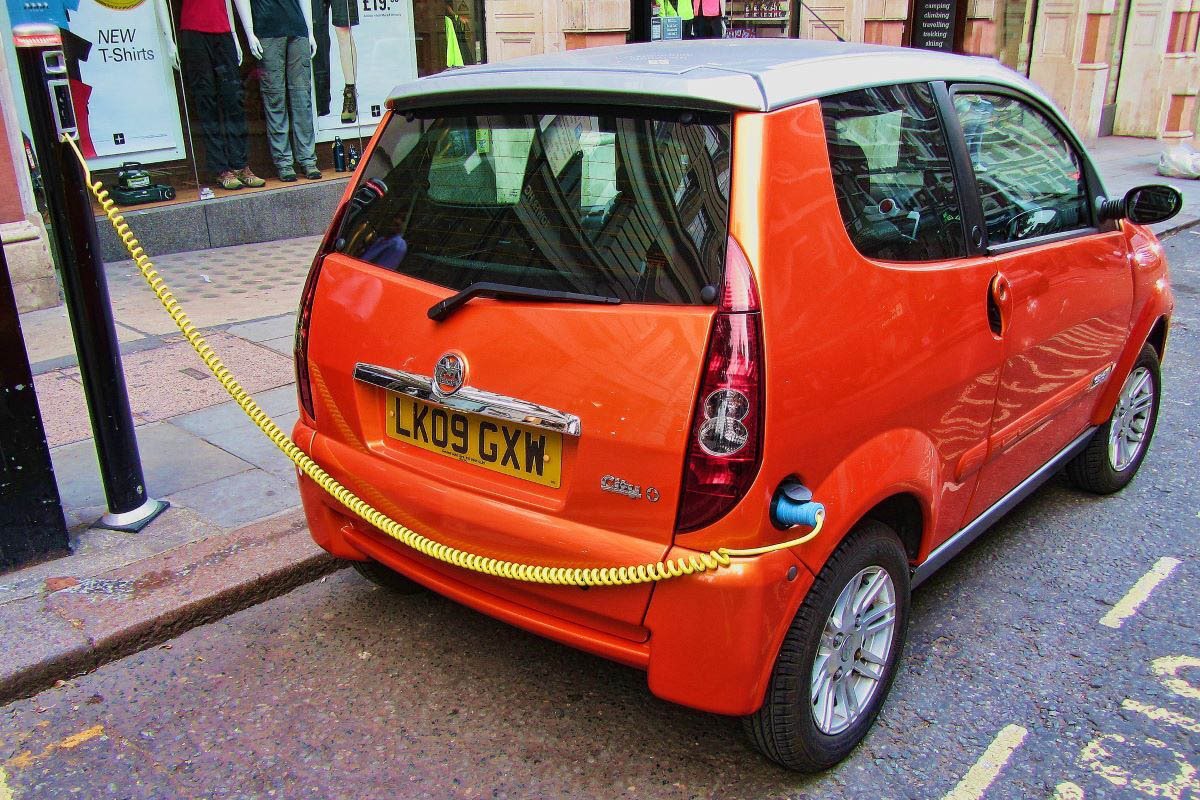
“We bought an electric car thinking we were doing the right thing… but it’s cost us a lot to set the whole thing up.”
So said my friend Trisha, after she read my “Net zero” article in West Country Voices and thought our readers might be interested in her experience of buying her first electric car. The government aims to stop sales of new petrol and diesel cars by 2030, but if Trisha’s experience is typical it seems unlikely the plan will be fulfilled.
I asked her what had gone wrong. It’s not a happy story.
“What they don’t tell you is that you’ll probably have to have your home electrical system upgraded”, she says. “The sales team really did not know enough about this car and we were misled. As a result we waited three months for our ‘Pod Point’ to be fitted. We should have been asked at the time of purchase whether our fuse box and wiring would be suitable for charging an electric car.”
Even though the fuse box wasn’t an old one, it had to be replaced: an expense they hadn’t anticipated – and it doesn’t look as if the sales people were aware of the issue.
I didn’t know what a ‘Pod Point’ is, but (having googled it), it appears that charging an electric car draws a lot of current from a normal domestic electric supply and ‘Pod Point’ is one of the brand names for a purpose-designed charging point which helps avoid overloading the supply; ‘smart’ charging points even ‘smooth’ this drain. Depending on the age of the consumer unit (what most of us think of as the fuse box) in your house, as Trisha and her sister Kirstine found to their cost, it can also require the fitting of a new unit, with a circuit breaker. The charging point is usually installed on the outside wall of the house or wherever you intend to charge your car on a regular basis. Charging an electric car is not just a case of plugging an ordinary 3-pin lead into an extension flex, apparently!

“We’ve had to pay an extra £500 to have our home meter boxes upgraded!”, says Trisha, and even taking advantage of a government grant – intended presumably to encourage take-up – the Pod cost an additional £170.
Trisha also had to buy an extra bit of kit – a special 10-metre-long lead, at a cost of £269 – in order to be able to charge the car when she or her sister visits Dorset for a few days every month. This didn’t go well either: as if in some awful silent comedy skit, they found the lead wouldn’t reach the car, so they’ve had to have another electric socket installed closer to the car parking space. More expense…
If only that were the end of it. But there’s more.
If electric vehicles (EVs) become more common, we may all become aware of a new phrase: “range anxiety”. This is industry-speak for the worry electric car drivers experience about whether they will be able to reach their destination without having to recharge. Specifically, without having to find somewhere they can recharge; and, as Trisha and her sister have found, “the charging infrastructure away from home is totally lacking”. The south-west is already known to have an inadequate number of charging points – the green group Transport and Environment said in May 2021 that the region is a “charging desert” – and Trisha argues that “there is no incentive for petrol stations to put them in when it only costs around £10 for a full charge compared with £60 to fill the tank”. You can see her point.

Before Kirstine first used the new electric car – which is claimed to have a ‘range’ of 208 miles – to drive to Dorset (a journey of around 125 miles), she ‘researched’ en-route charging points. She left home with the car fully charged but, owing to the inevitable major road works, there were two diversions which added miles. And it was pouring with rain, so the windscreen wipers, demisting etc were going all the time. She arrived in Dorset exceedingly stressed – and with just 17 miles’ charge left.
She managed to charge the car (which took an hour and three-quarters) at a charging point in a public car park in Bridport the next day, but found that the only other charging point in the town was out of order – and continued to be so for some weeks, which goes to show how seriously (not) the provision is taken.
Kirstine’s return journey – again, in driving rain – was just as bad. Having intended to ‘top up’ on the way, she found the only charging point which was working at a service station en-route was being used, so she continued to the next service station, where the app to pay for the charging would not upload to her phone. She pressed on, and arrived home with just 18 miles’ charge left. Range anxiety indeed.
I had naively thought that, probably, all you have to do to use a public charging point is to wave your credit card at it. It seems not.
“You have to load several different apps on to your phone in order to be able to charge the car,” Trisha says. “There is absolutely no standardisation whatsoever” between providers. And, to make matters worse: “we were told we would be given 6 months’ free charging with a Polar card if we bought this car, but the name had changed to BP Pulse by the time we took the car home and they have very few useful charging points.”

There must be occasions, it occurs to me, when you might have to make an unscheduled journey and need to charge the car quickly. Trisha says: “we were also told that with a rapid charge the battery would gain 80% in 20 minutes – but where are these rapid charge points?” Perhaps in large centres of population they might be more plentiful, but in rural areas the provision of any charging points at all, let alone rapid ones, is very far behind where it should be.
Although she and her sister are very pleased with the car itself (which she says is “a dream to drive”) and are hoping it will be very low-maintenance, Trisha was so disappointed and angry about their experience that she wrote to her MP, John Howell, Conservative member for Henley (the seat previously held by Michael Heseltine and a certain Boris Johnson). She had to send her letter twice because it seemed to have been ignored the first time…
Whilst acknowledging that the government’s ‘ten-point plan for a Green Industrial Revolution’ is “ambitious”, Howell’s reply (a “standard government stock” one, Trisha says), is full of “assurances”: “the Government is putting in place the infrastructure to facilitate the accelerated transition to electric vehicles … £1.3 billion has been pledged to accelerate the roll-out of charging infrastructure, targeting support on rapid charge points on motorways and major roads to dash any anxiety around long journeys, and installing more on-street charge points near homes and workplaces to make charging as easy as refuelling a petrol or diesel car… Residents with on-street parking will benefit from an extra £10 million investment in the on-street residential chargepoint scheme.”
This will, apparently, enable local authorities to install up to 7,200 on-street devices – forgive my scepticism, but ‘up to’ 7,200 across the country might turn out to be not very many.

There is much mention of “improving the experience of consumers” and Howell asserts that the UK now has one of the largest chargepoint networks in Europe; there are indeed “now more EV charging locations than petrol stations” (15,826 public points as of 28/7/21, according to zapmap.com), but for comparison, in 2019, Germany had the highest number of public charging points: 40,000. So we are well behind the curve, especially given that the UK has traditionally been Europe’s second-largest car market.
The government must begin to fulfil the promise of its soaring rhetoric. The UK is now officially undergoing disruptive climate change; there is no time to waste. But as recently as June 2021 the Climate Change Committee CEO Chris Stark said: “Government strategy [on cutting emissions] has been late and what has come has almost all been too little.”
Sadly, but not surprisingly, Trisha’s experience has affected how she views the need for us to phase out fossil-fuel vehicles and start driving more electric ones. She says, “Obviously this story has done the rounds of our friends. Do you think they are considering changing to all-electric? We have told them to consider very seriously whether to do so.” She even knows someone in London (of all places) whose ‘range anxiety’ was so great that she traded in her shiny new all-electric car and went back to a petrol-fuelled one.
Trisha sums up the situation: “Someone really needs to get a move on with getting this farcical situation resolved pretty quickly.”





